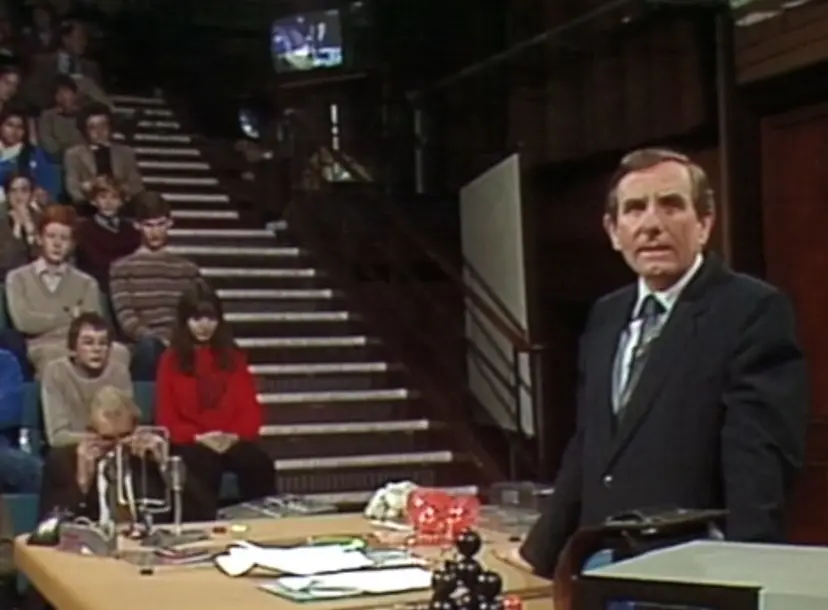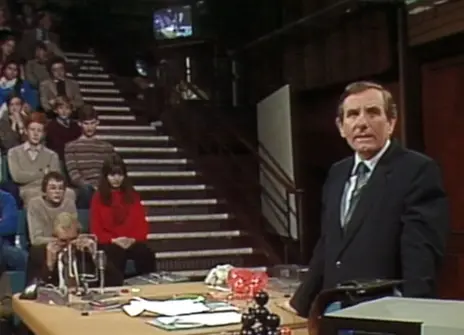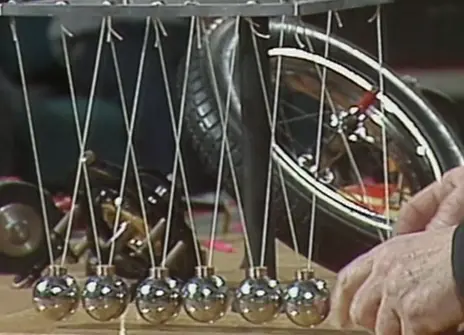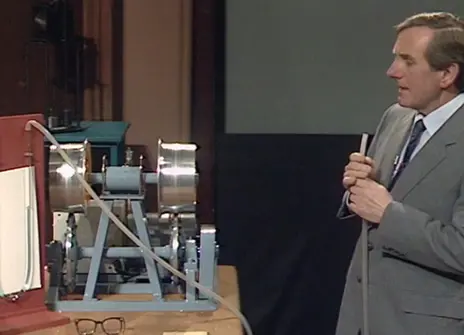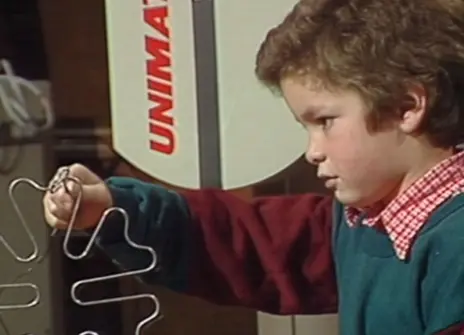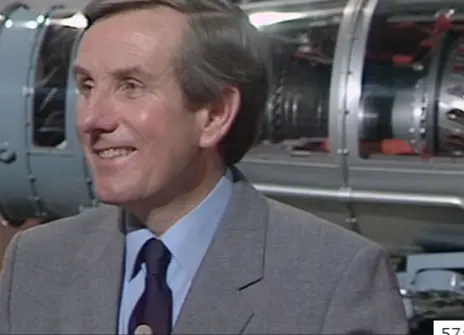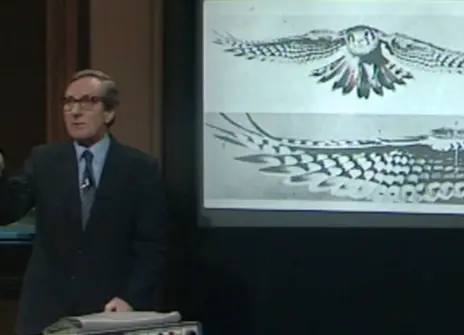Lecture 1 – Driving forces
From the 1983 lecture programme:
The story of machines is almost as old as the story of man. One of the earliest engineers, the inventor of the wheel, set in motion much more than the load he transported from one place to another. Amongst his direct descendants, we can count the teams of engineers and scientists responsible for exploring space and those who are developing sensitive aids for the disabled. The driving forces behind these developments can be construed in two different ways. First, there are the human factors, including a desire for new knowledge, a wish to improve matters and a sense of adventure. Then there are the actual physical forces that make things move. Curiously enough, we have only recently begun to understand their fundamental nature, and our knowledge is still incomplete. We shall look at this basis of the motion. We shall also explore the ideas of kinematics that make up the geometry of motion. Such ideas form the basis of a large class of machines and machine elements, and, when forces are also taken into account, they make up the central ground of engineering design.
About the 1983 CHRISTMAS LECTURES
From the 1983 lecture programme:
The world is full of movement it may be fast or slow, short-lived or long, simple or complicated. In the realms of nature, living creatures have developed astonishingly varied means of locomotion to propel themselves on land, in the sea and in the air. And in engineering, we have learned how to make machines, usually involving motion of one kind or another, for many useful purposes. All depend on the same physical basis of motion. Many famous men have contributed to our understanding of the subject, whether the motion is on the large scale as in the heavens, or on the small scale as in the atom; many others have developed machines that can move faster, further or more accurately; some have done both. In these lectures, we shall be looking at the ways in which our knowledge of the subject continues to grow. We shall also explore how it is being used to extend the extraordinary variety of machines created for our use and convenience. In the future as in the past, it will be the task of the engineer to discover new ways of doing things and to invent, design and make the new machines. All our experience suggests there are exciting prospects ahead that as yet we can hardly imagine.
